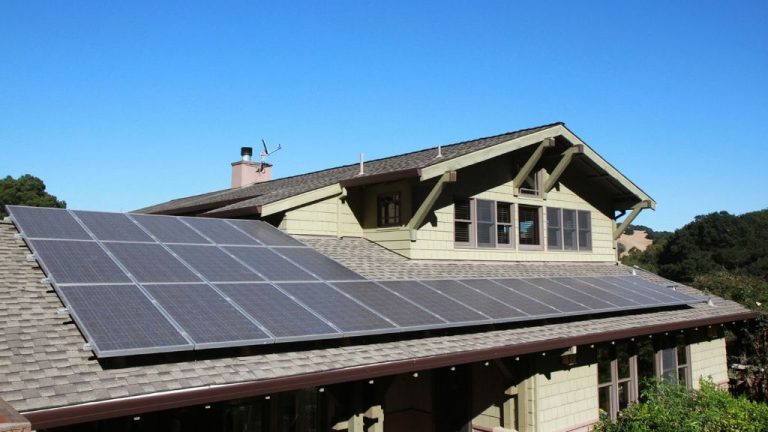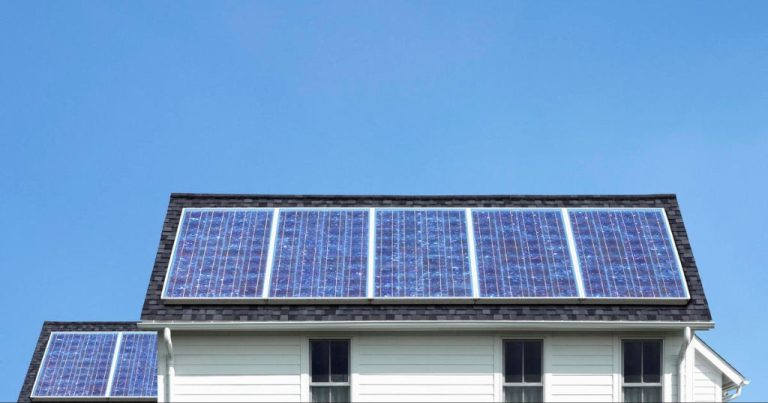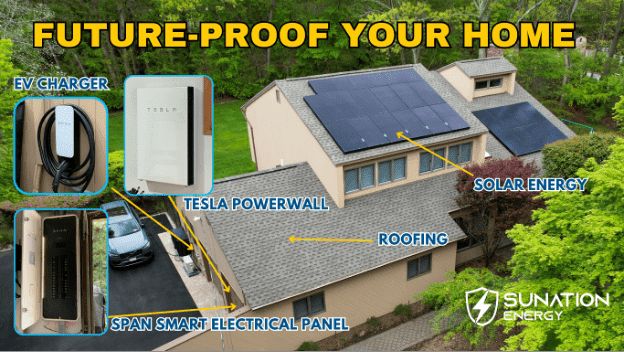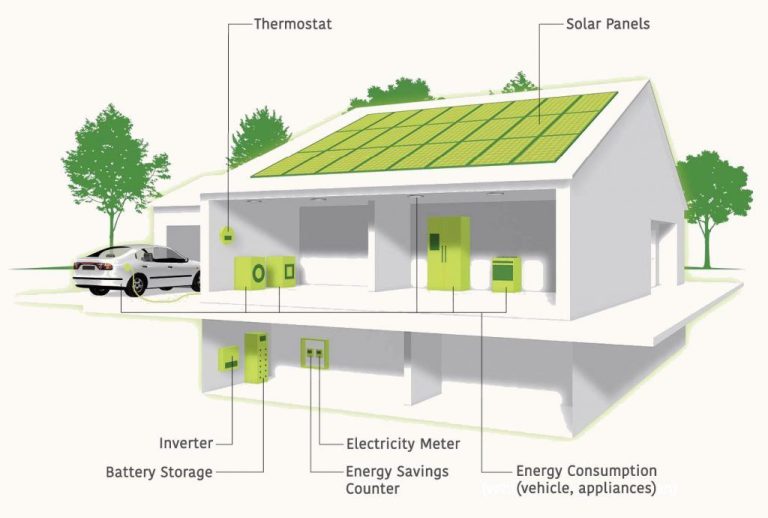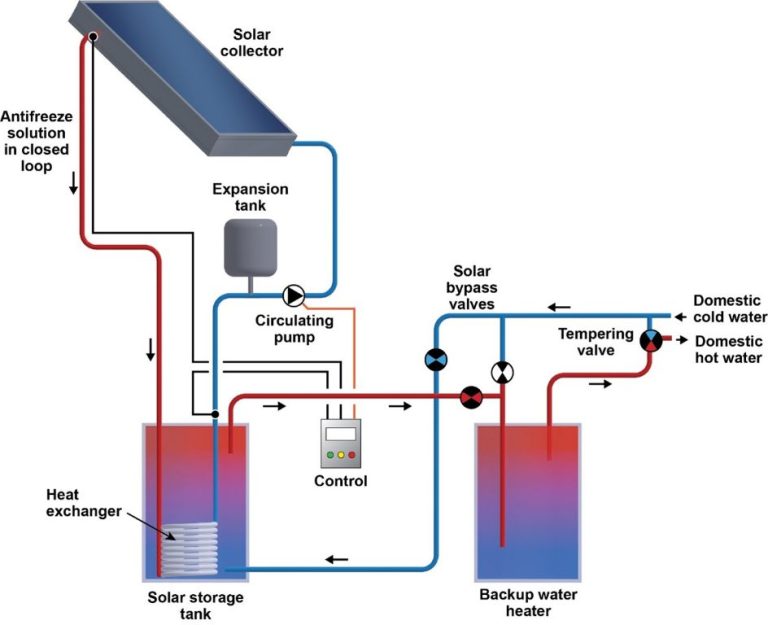What Is A Solar Aggregator?
What is a Solar Aggregator?
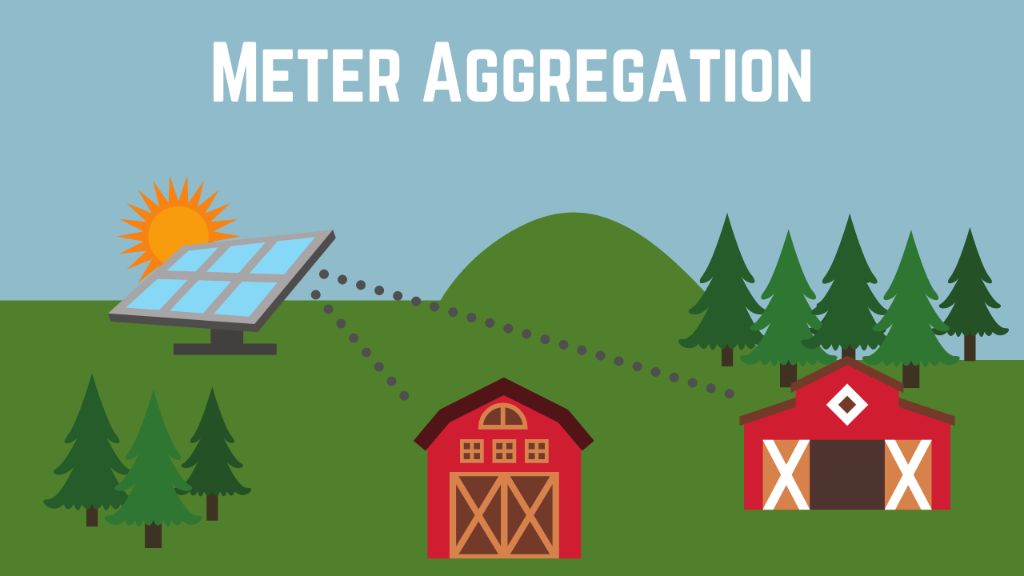
A solar aggregator is a company that brings together multiple solar energy producers and packages their power production into larger offerings that can be sold to electricity wholesalers and utilities. Aggregators provide an essential service in solar energy markets by bundling many small-scale producers into an attractive product for energy buyers.
Solar energy producers like homeowners with rooftop solar panels may only generate a few kilowatts each. Energy wholesalers generally want much larger amounts of power to buy and distribute. Aggregators bring together the production of many small solar producers so they can sell larger amounts, often in the multi-megawatt range. This makes solar power more marketable at a large scale.
Some key aspects of how solar aggregators operate include:
- Signing up rooftop solar panel owners as producers
- Monitoring and collecting solar production data
- Packaging and selling the combined production to energy buyers
- Distributing payments back to the individual producers
By providing this service, solar aggregators enable small solar producers to access wholesale energy markets that would otherwise be very difficult or impossible for them to sell into independently. The aggregator handles the complexities so individuals simply need to produce solar power to participate.
Major solar aggregators in the United States include firms like Soligent, Energy Renewal Partners, and Arcadian Solar. These companies may aggregate the production of hundreds or thousands of solar panel systems across multiple states to create their energy offerings.
Some key markets where solar aggregators operate include selling electricity, renewable energy credits (RECs), solar renewable energy certificates (SRECs) and capacity for grid services.
How Solar Aggregators Work
Solar aggregators play an important role in the solar industry by bundling or aggregating solar generation from multiple systems and selling the electricity or solar renewable energy credits (SRECs) in bulk. This allows individual homeowners and businesses with solar panels to monetize the electricity they generate more easily.
A solar aggregator acts as an intermediary between solar system owners and utilities or other large energy buyers. The aggregator signs up individual solar system owners, collects data on their energy generation, and sells the combined energy or SRECs on their behalf. This gives the buyers the benefit of purchasing solar power in larger quantities while allowing individual solar owners to access revenue streams that might otherwise be unavailable to them.
For example, some states have SREC markets where utilities are required to purchase a certain amount of solar power. Aggregators bundle SRECs from their network of customers and sell them to utilities in these markets. The aggregator then pays each solar system owner based on the SRECs their system generated (Ecoflow, 2023). This gives homeowners access to added solar incentives without having to navigate the complex SREC markets themselves.
Overall, solar aggregators help facilitate the growth of distributed renewable energy by making it easy for individual solar owners to monetize their investment. The aggregation and sale of the combined energy or credits provides benefits to both buyers and sellers in the solar marketplace.
Benefits of Solar Aggregators
Solar aggregators provide a number of benefits that make going solar easier and more affordable for homeowners and businesses. Some of the key benefits include:
Cost Savings
One of the biggest benefits of using a solar aggregator is the potential for significant cost savings. By aggregating demand from multiple customers, solar aggregators can get volume discounts and more favorable pricing from installers. This pricing advantage is then passed on to the customer. Aggregators also simplify the process, reducing overall soft costs. According to one analysis, aggregation can lead to solar cost savings of 20-25% for participants[1].
Simplified Process
Solar aggregators handle all the complicated logistics of going solar – system design, permitting, financing, installation, interconnection paperwork and more. Customers simply have to review a few options and sign an agreement. This simplified process reduces hassle and makes it easier for customers to adopt solar.
Access to Multiple Installers
By pooling demand, aggregators can work with a diverse network of pre-screened solar installers. This gives customers access to more products and services without having to do the legwork of finding and vetting installers themselves. Customers can easily compare quotes from multiple qualified installers all in one place.
Top Solar Aggregators
Solar aggregators act as middlemen between solar installation companies and customers looking to go solar. Some of the top solar aggregators in the United States include:
Sunrun – One of the largest solar aggregators in the country, Sunrun partners with local solar companies to provide solar panel installation services in over 22 states. They handle everything from system design to permits and financing. For more information see their website: https://www.sunrun.com/
Tesla – Best known for their electric vehicles, Tesla also has a solar division that operates in select markets across the U.S. They provide their own custom designed solar systems. See: https://www.tesla.com/energy
SunPower – A leading solar manufacturer and installer, SunPower partners with local solar companies to offer custom solar solutions in many states. Visit: https://us.sunpower.com/
Vivint Solar – Vivint partners with local solar installers to provide solar panel systems and batteries. They operate in over 20 states. More at: https://www.vivintsolar.com/
Momentum Solar – Operating in NJ, NY, CT, PA, FL and CA, Momentum is a fast-growing solar aggregator known for excellent customer service. Learn more: https://momentumsolar.com/
Solar Aggregator Business Model
Solar aggregators make money by bundling together a group of solar customers and acting as an intermediary between them and the energy market. This allows the aggregator to negotiate better rates and maximize revenue from the sale of excess solar energy back to the grid.
The main ways solar aggregators generate revenue are:
- Selling excess solar energy produced by customers back to the grid at wholesale rates
- Charging customers a monthly fee to be part of the solar aggregation program
- Taking a cut of the monthly savings customers earn on their energy bills through the aggregation
For example, an aggregator bundles 500 homes with rooftop solar panels. During peak daylight hours when the homes are producing excess energy, the aggregator sells this energy in bulk at wholesale prices. The revenue earned is then shared with the homeowners after the aggregator takes their monthly fee and/or percentage cut.
https://now.solar/2022/10/18/business-model/
The aggregator can negotiate a better rate for the excess solar energy than each individual homeowner could. They also simplify the process for customers and provide benefits like detailed monitoring and maximizing savings. This provides value and justifies the fees charged by the aggregator.
Solar Aggregator Criticisms
While solar aggregators can provide certain benefits, there are some common criticisms and potential drawbacks to be aware of when considering using one. One concern is that customers may lose some choice and control when joining an aggregator program. Rather than choosing their own electricity provider, customers instead rely on the aggregator to negotiate plans on their behalf. This means customers have less say in rate plans, contract terms, and renewable energy options (https://www.energysage.com/other-clean-options/community-choice-aggregation/cca-pros-cons/).
Another potential drawback is risk of rate increases. While aggregators leverage collective buying power to negotiate lower rates initially, there is no guarantee those low rates will persist long-term. Aggregators may struggle to secure the same competitive rates year after year (https://energyrates.ca/energy-aggregation-how-it-works-pros-cons/). This uncertainty makes it hard to predict long-term electricity costs.
Some critics argue aggregators can also negatively impact competition in energy markets. By consolidating customers into large buying groups, aggregators reduce the pool of customers available for traditional utility companies to serve. This may limit consumer choices in the market overall (https://dailyenergyinsider.com/featured/19691-consider-pros-cons-of-choosing-community-choice-aggregation-to-source-local-electricity/).
Solar Aggregator Regulations
Solar aggregators must comply with various regulations at the federal and state level. At the federal level, FERC Order No. 2222 establishes rules to facilitate distributed energy resource aggregations in wholesale electricity markets. The order aims to open up markets to distributed energy resources while ensuring just and reasonable rates (FERC). At the state level, regulations like the Alternative Energy Portfolio Standards Act (AEPS) in Pennsylvania require electric distribution companies to include a certain percentage of energy from alternative sources like solar in their retail supply (Pennsylvania Public Utility Commission). Some states also have specific regulations around meter aggregation – the practice of combining load and generation data from multiple meters associated with a single customer. For example, California has outlined requirements around geographic location, customer name, and other factors for aggregated meters (California Public Utilities Commission). Overall, regulations are evolving to allow increased participation of distributed energy resources like solar in wholesale electricity markets while maintaining reliability and consumer protections.
Future of Solar Aggregators
The future looks bright for solar aggregators. As solar energy continues to grow in popularity and declines in cost, the solar aggregation model is poised for rapid growth and expansion.
According to a report from the MIT Energy Initiative (https://energy.mit.edu/research/future-solar-energy/), solar energy could provide up to 69% of electrical generation by 2050. With increasing deployment of solar, the demand for solar aggregators that can handle system design, permitting, installation, and maintenance is expected to surge.
Some key growth trends for solar aggregators include:
- Expanding into new geographies – Solar aggregation models can help open up solar markets in areas with less mature solar industries.
- Innovative financing options – Aggregators will continue creating new financing models like solar leasing to lower barriers to going solar.
- Streamlining processes – By centralizing and simplifying solar processes, aggregators will reduce soft costs.
- New technologies – Aggregators will stay on top of the latest innovations like integrated storage and smart modules.
With their economies of scale and ability to simplify the process, solar aggregators are positioned to enable mainstream solar adoption in the coming decades.
Finding the Right Solar Aggregator
Selecting the best solar aggregator for your needs requires a bit of research. Here are some tips for finding the right fit:
Compare pricing and contract terms. Aggregators offer different SREC pricing models – some fix the price for a term while others adjust annually based on market rates. Review the fine print to understand fees, length of contracts, and flexibility if you want to switch aggregators. [1]
Look for a reputable, established company. Choosing an aggregator with a strong track record ensures they have the experience to navigate the complex SREC market and are financially stable. Check online reviews and talk to people you know who have worked with aggregators. [2]
Seek out responsive customer service. A good aggregator provides timely updates on SREC sales and is easy to reach with questions. Make sure they communicate proactively if market conditions change.
Understand where and how they sell your credits. Aggregators should disclose who they sell your SRECs to and any bundling strategies they use. Transparency builds trust. [2]
Compare services offered. Some aggregators provide additional services like solar installation, performance monitoring, and financing partnerships.
Look for hidden fees. Watch for non-obvious costs like annual membership fees, brokerage fees, or penalties for switching aggregators.
Solar Aggregators vs DIY
Many homeowners considering going solar wonder whether it’s better to use a solar aggregator or do it yourself (DIY). Both options have pros and cons.
The main advantage of using a solar aggregator is convenience. Solar aggregators take care of the entire process, from system design to permitting to installation and maintenance. This simplifies the process tremendously for homeowners. Aggregators also often have access to bulk pricing on equipment, allowing them to get better deals than individual consumers can get on their own.
On the other hand, DIY solar can be much less expensive, often 30-50% less than using an aggregator according to one analysis 1. By sourcing equipment yourself and doing your own install, you can save significantly on labor costs. DIY solar also gives you more customization options and portability if you want to take your system with you when you move.
However, DIY solar requires a major time investment to learn the process, secure permits, and install the system properly. It also requires being comfortable working on your roof and handling electrical systems. Any mistakes could lead to roof leaks or other issues down the line. Weighing the time savings versus potential cost savings is an important consideration when deciding between DIY and using an aggregator.

